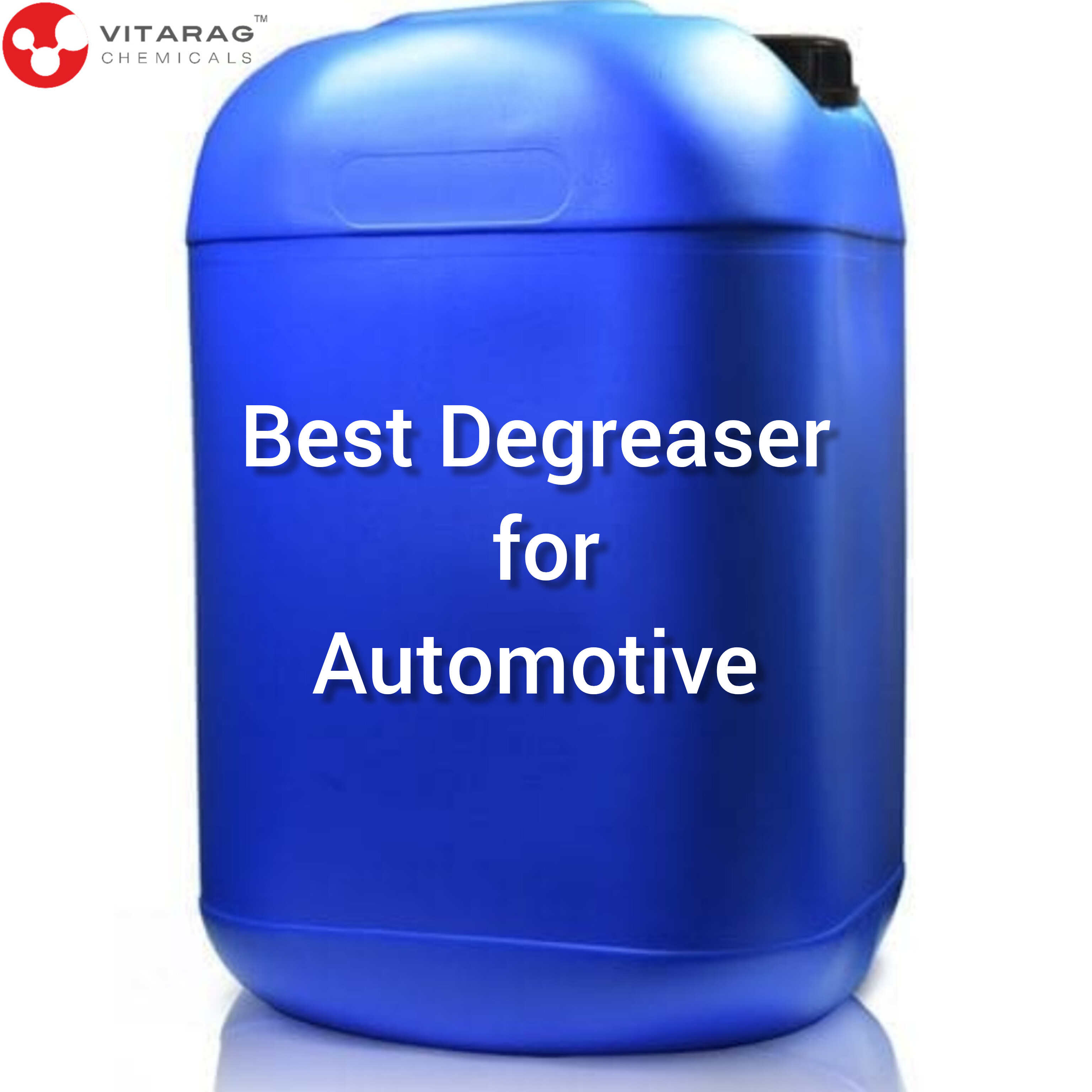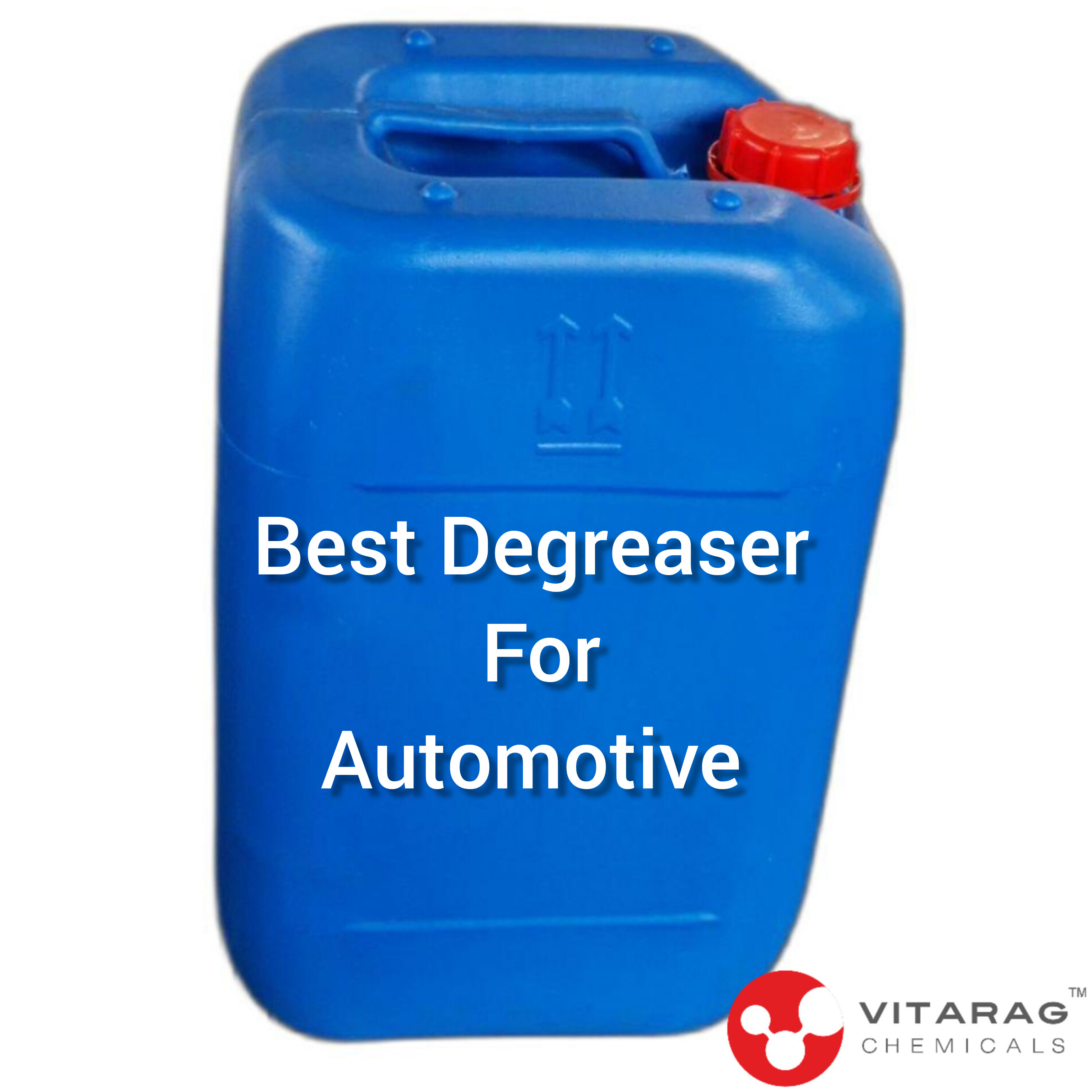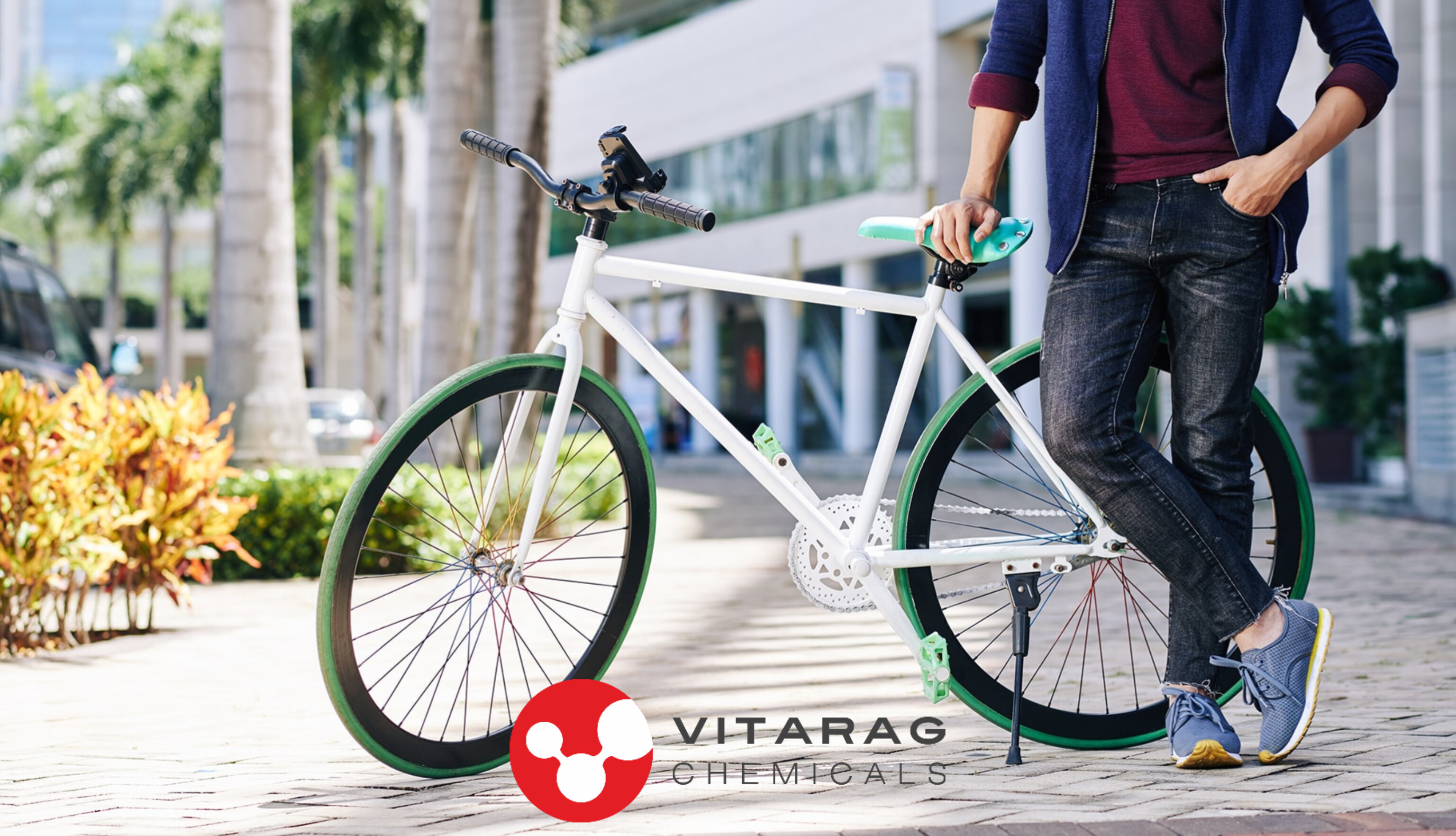Blackening Chemical
Blackening Chemicals For Automotive Industry is a new revolutionary development in cold black finishing. It will impart jet black conversion coating to steels, cast iron and other ferrous metals at room-temperature. VCBLK HB-18 process is easy to do in-house. It is non-caustic, non-splattering, safe, energy saving, fast, dependable and convenient. It increases productivity and lowers labour costs. Finishing can be done anywhere without special equipment, ventilation, heating systems or any complicated control procedures.
EQUIPMENT REQUIRED Acid Resistant tanks, containers, tumbling barrels, baskets, hooks and racks must be used with VCBLK HB-18 and derusting tank. Plastic or Rubber lined tanks and plastic-coated hooks and racks are suitable for both VCBLK HB-18 and derusting tanks. Mild steel may be used for degreasing, rinsing & sealant tanks.
DIRECTIONS FOR USE
1. Thoroughly clean and degrease the pieces to be blackened in KLN 18. The type and degree of surface soil will determine the length of time and the number of cleaning steps and cleaning temperature (M.S. Tank).
2. Rinse thoroughly in overflowing cold water (M.S. Tank).
3. Surface rust, if present, should be removed following cleaning cycle using RLN 27 at a concentration of 1:1 at room temperature (FRP Tank).
4. Rinse thoroughly in overflowing cold water (M.S. Tank).
5. Immerse the pieces in VCBLK HB-18 solution. VCBLK HB-18 solution is to be diluted with 6 to 12 parts of water depending on alloy and surface, hardness. The immersion time necessary to produce the desired depth of black, is usually one to three minutes. For most parts a dilution of one part VCBLK HB-18 with 9 parts of water would give good results (FRP Tank).
6. Rinse the pieces in overflowing cold water for 30 seconds (M.S. Tank).
Send Message







